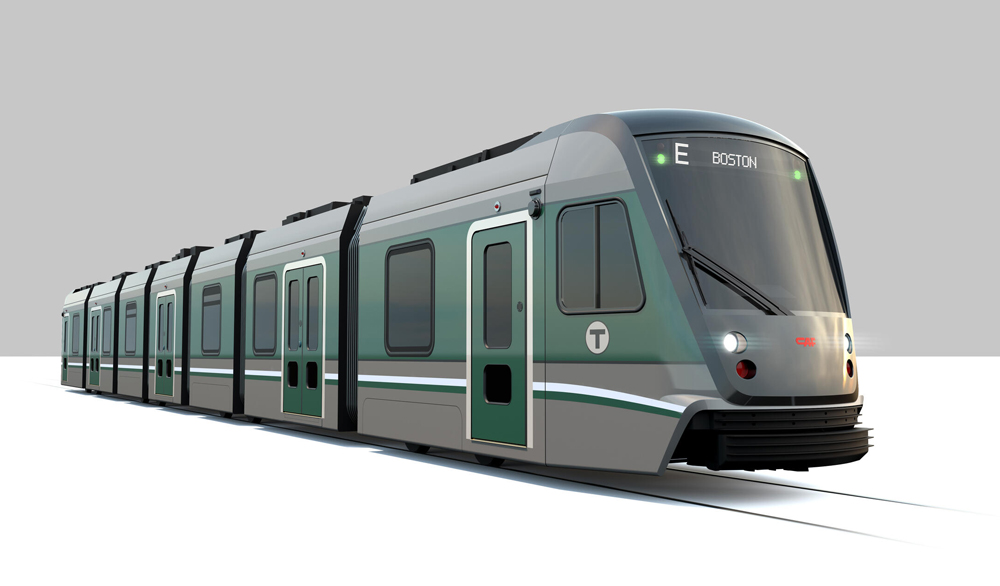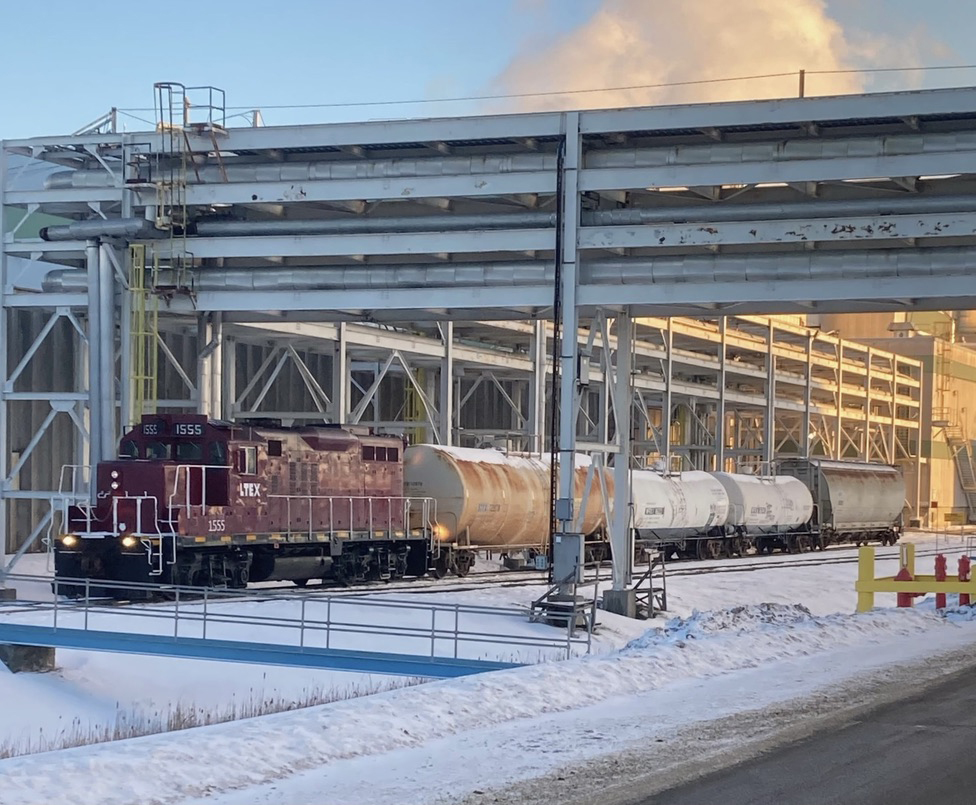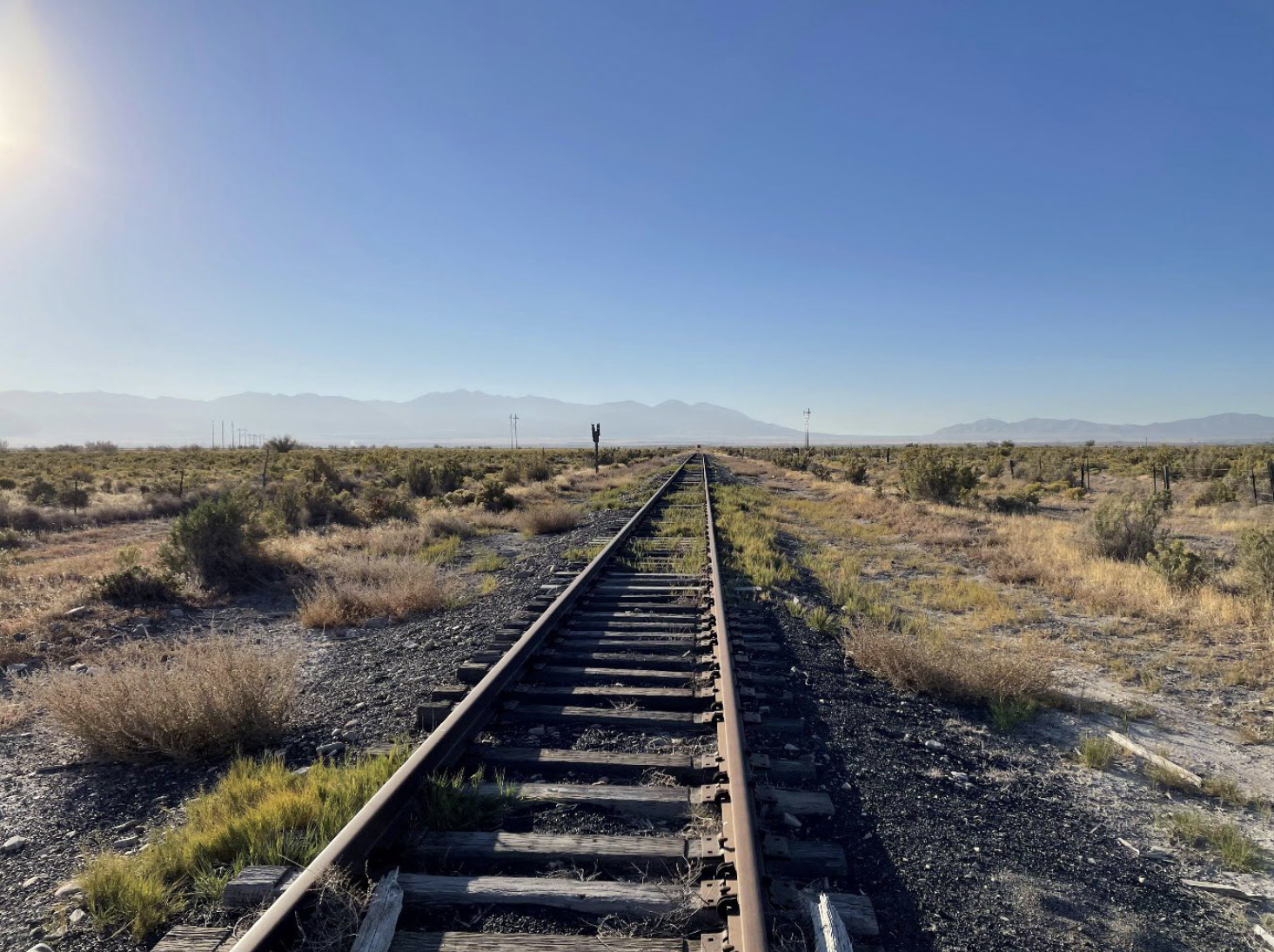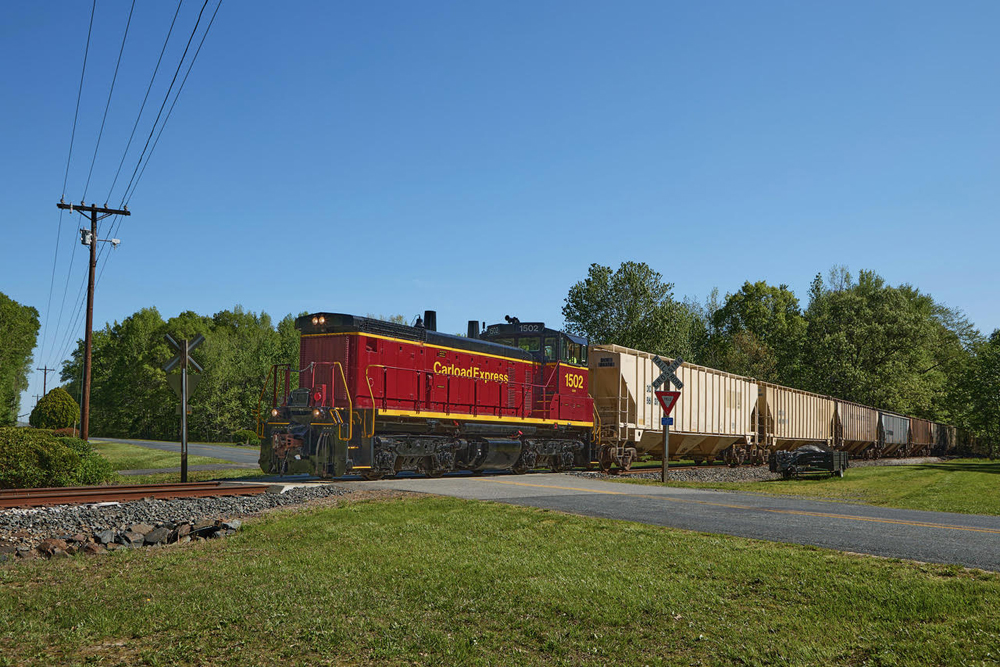
BOSTON — The Massachusetts Bay Transportation Authority board has approved a five-year Capital Investment Plan calling for $9.6 billion in spending, covering more than 640 separate projects.
The board unanimously approved the plan at its meeting on Tuesday, June 11.
The plan addresses only a fraction of the agency’s projected needs over the 2025-2029 period, given a report late last year that estimated the MBTA needed more than $24 billion just to address state-of-good-repair matters [see “MBTA state-of-good-repair needs grow …,” Trains News Wire, Nov. 16, 2023]. In that regard, it reflects funding realities, MBTA CEO Phillip Eng said in a statement.
“The CIP continues to be vital in directing how we renew, improve, and maintain our capital assets,” Eng said. “I am grateful to the board for approving the CIP, and I thank the public for being part of the conversation and providing their feedback on capital investments they’d like to see the MBTA prioritize. As a fiscally constrained plan, the CIP only includes projects for which we have available funding.”
Rapid transit ($3.5 billion) and commuter rail ($2.2 billion) will receive the largest portion of the funding, with major new initiatives including $484.5 million for 102 new Green Line light rail vehicles, to be built by CAF USA [see “MBTA approves contract …,” News Wire, Sept. 2, 2022[; $384.7 million for replacement of the North Station Draw 1 Bridge; and $60 million for infrastructure to allow for “decarbonized” commuter rail service on 20-minute headways on the Fairmount Line, through the use of battery-electric equipment [see “MBTA plan would introduce battery-electric equipment …,” Trains News Wire, March 17, 2024].
The full plan is available here.














I thought they DID replace the EMSR garage maybe 10 years ago.. you may be mistaking it with. The Quincy Center Station from 1971-2. I’ve been in the garage. go to Fellsway for a 1924. Facility!
Sifted through the link to the plan. Like wow, the capital needs are overwhelming, like a billion dollars for Green Line cars — just to keep up, very few service extensions or improvements in the document.
And we could double that if we added more wheelchair/ disabled access.
There’s a lot of real old stuff on MBTA. Bridges, tunnels, stations etc. The “new” Quincy branch of the Red Line now is half a century old. Massive “new” structures like the parking garages at Alewife or Quincy Adams have needed rebuilding.
My point? Lots of points. Forget new subways, forget new rail lines —- we have no plan to fund keeping what we have.
Curiously, no mention of what portion the local, public stakeholders are welcoming in taxes to fund the CIP. No doubt the folks in Western Mass are delighted to help out their Boston friends. Fed portion?
MICHAEL – This web site twice dumped me while trying to post. Here’s my third try. It’s NOT just Boston. Its by far most of the population of the Commonwealth.
Before 1964, the old MTA had 14 cities and towns in its district, as opposed to NYCTA which had one.
In 1964, MBTA was created with 78 cities and towns. Now it’s 175, out of 351 in the Commonwealth. Of the 176 cities (few) and towns (many) not in MBTA, that’s not a lot of people. You could rub together four or five of the Bay State’s smaller towns and not reach a thousand souls.
The capital needs are real. Three years ago this month, I happened to see MBTA’s bus garage in downtown Quincy. It’s a tiny relic, obviously reaching back to the says of the Eastern Massachusetts Street Railway. The capital plan mentions replacing it. About time.